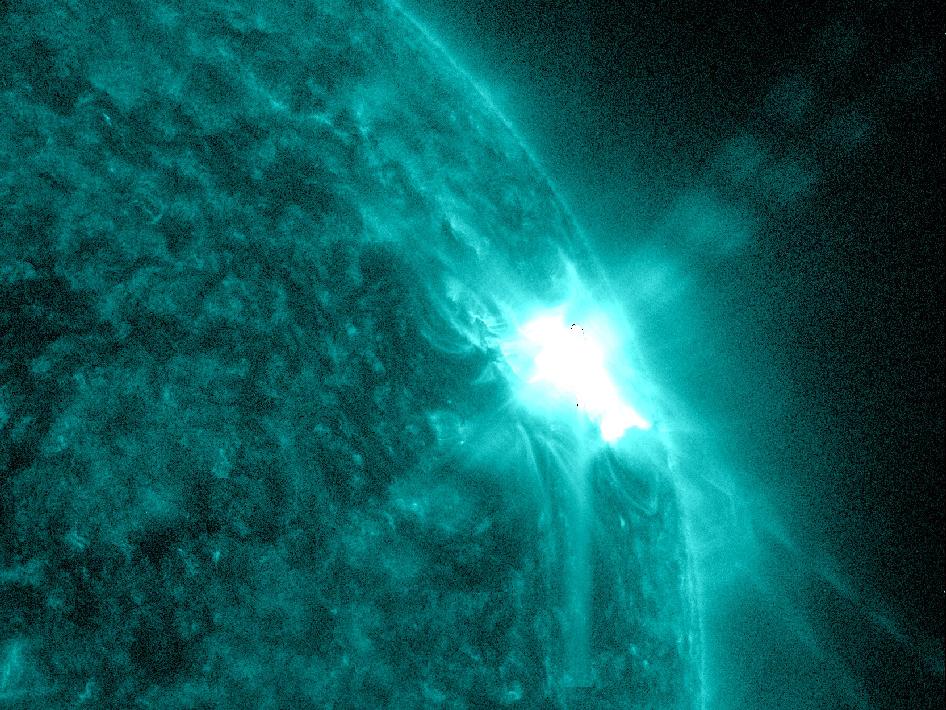
(Rightallegiance.com) – A powerful Coronal Mass Ejection (CME) erupted from the Sun on May 31, traveling toward Earth at over 1,700 km/s, and triggered a rare G4-level geomagnetic storm warning from NOAA’s Space Weather Prediction Center—only the second-highest level on the five-point scale.
The resulting geomagnetic storm struck Earth around June 1–2, producing widespread effects across satellite, communications, and navigation systems. Farmer GPS systems saw degraded signals, utility grid operators reported voltage irregularities, and airline authorities issued warnings for flights—particularly those on polar routes—concerned about disrupted high-frequency and satellite communications.
NOAA reported that heavy solar wind combined with a southward magnetic field stripped away parts of Earth’s magnetosphere—creating perfect conditions for geomagnetic turbulence. As a result, HF radio blackouts, intermittent GPS outages, and increased atmospheric drag on low-Earth orbit satellites were observed. By June 3, storm intensity had diminished to G1–G2 levels, though intermittent disruptions continued.
Satellite navigation systems—such as GPS and GNSS—experienced severe signal scintillation. NOAA cautioned that aviation and maritime navigation could remain compromised during peak storm conditions. Airlines rerouted some polar flights to avoid areas of high radiation and maintain reliable communications.
The storm also gifted stargazers with vibrant auroras that appeared far beyond usual latitudes—spotted as far south as Alabama, northern California, parts of Europe, and even the UK. Still, while visually stunning, these displays underscored the disruptive power of space weather.
Experts point out that although this storm fell short of the legendary 1859 Carrington Event, its timing near the peak of Solar Cycle 25 makes it one of the most significant in recent years. Scientists emphasized the need for preparedness, as critical infrastructure like power grids rely on early warnings and protective measures against unexpected geomagnetic currents.
NASA and NOAA warned the public and industries to stay vigilant during the ongoing solar maximum phase, which may produce more such flares and storms in the coming weeks . While Earth dodged a catastrophic event, this storm serves as a stark illustration of our vulnerability to solar activity—and a reminder to strengthen space-weather readiness.